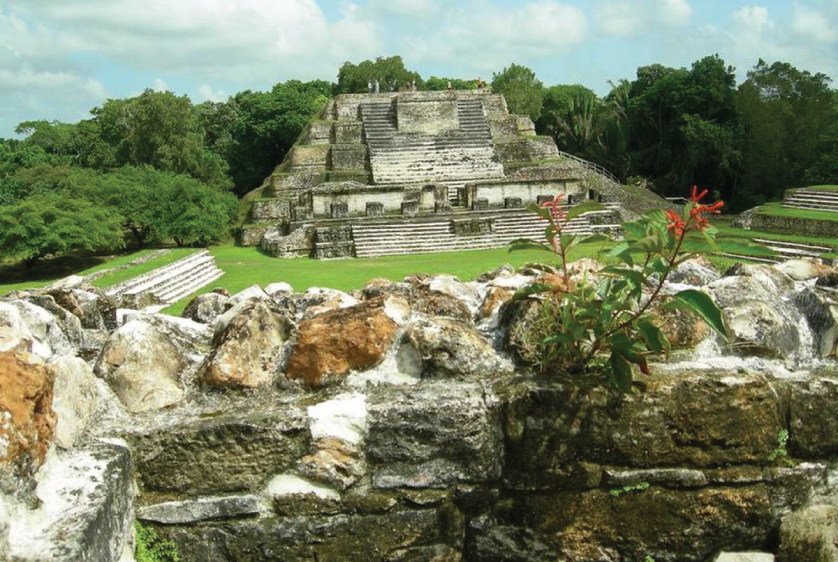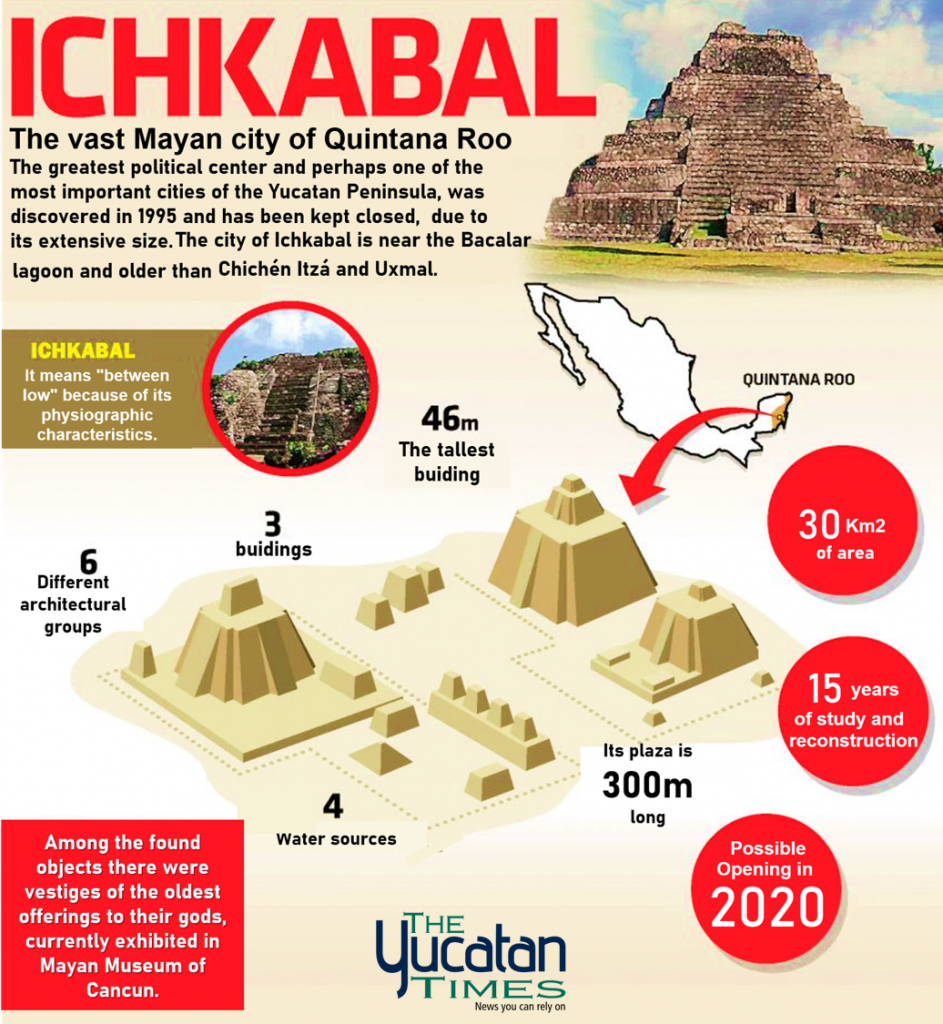
By the magical colored lagoon of Bacalar, lies one of the greatest Mayan political centers and perhaps one of the most important cities of Yucatan Peninsula. It was discovered in 1995 and has been kept closed, due to its extensive size and its older than Chichén Itzá and Uxmal.
BACALAR, Q. Roo – The National Institute of Anthropology and History (INAH) carries out conservation and maintenance work in the archaeological zone of “Ichkabal”, one of the largest archaeological sites not yet open to the public. Sources close to the INAH claim it might be opening for visitors in the upcoming 2020.

According to INAH information, the trails inside the archeological zone located in the municipality of Bacalar will be filled in and compacted. In addition, the perimeter fence will be repaired, service areas will be painted, energy installations (solar panels) will be maintained, and areas that have already been explored will be cleaned, among others.
The work will keep the structures clean and free of harmful vegetation because despite being a site that is not open, constant maintenance is necessary.
According to the INAH report from 2017 to the first quarter of this year 2019, $864 thousand pesos have been invested in the maintenance and operation of Ichkabal.
To these resources are added another $6,511,534 pesos that were used between 2014 and 2017 for restoration work on the pyramids.
The INAH pointed out that during these years research projects were carried out in this archaeological zone, which consisted of topography, research, and conservation, which allowed the completion of the mapping of the area of the site.
Hopefully, this amazing, new archeological area will open in 2020.
Source: The Yucatan Times
